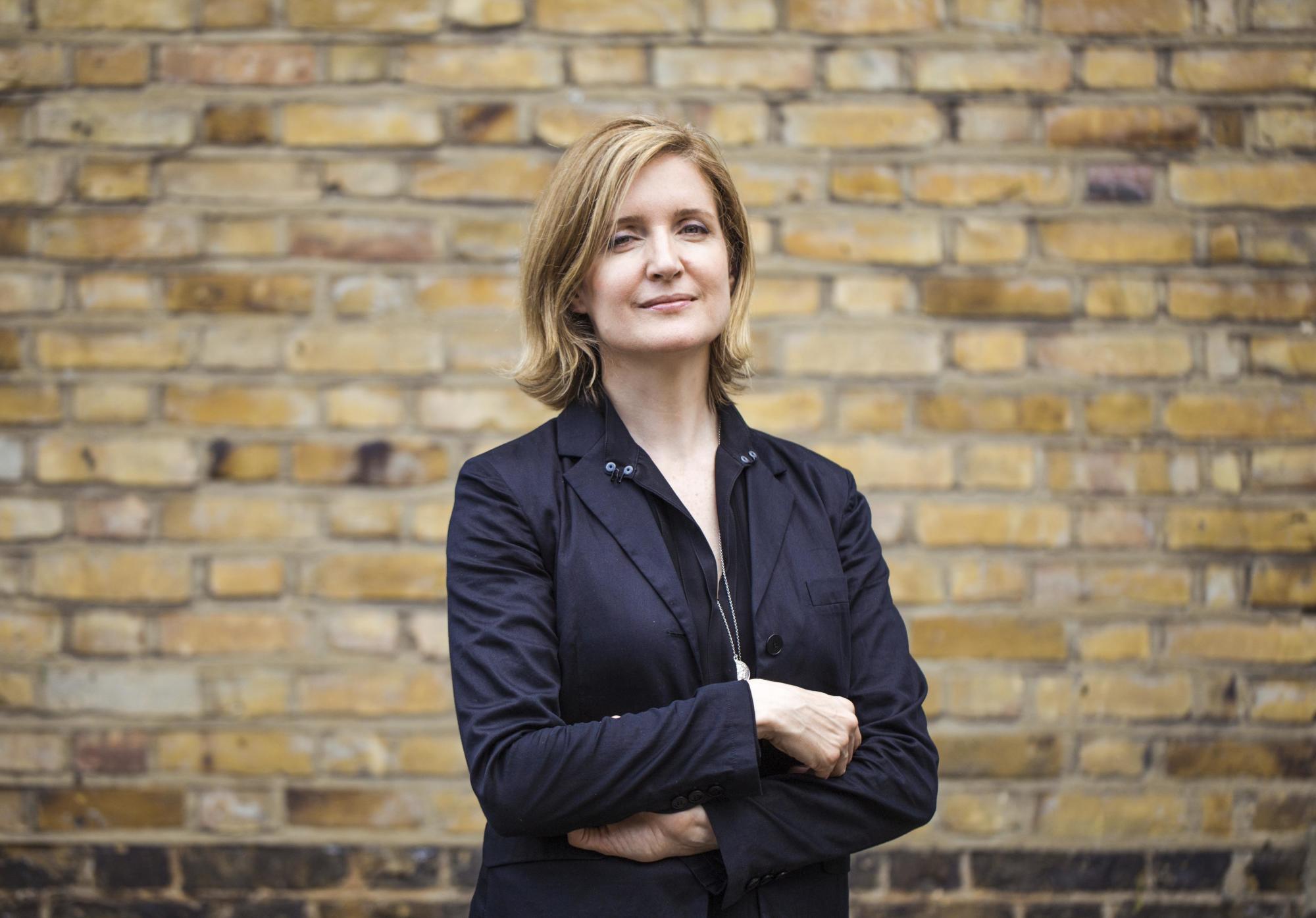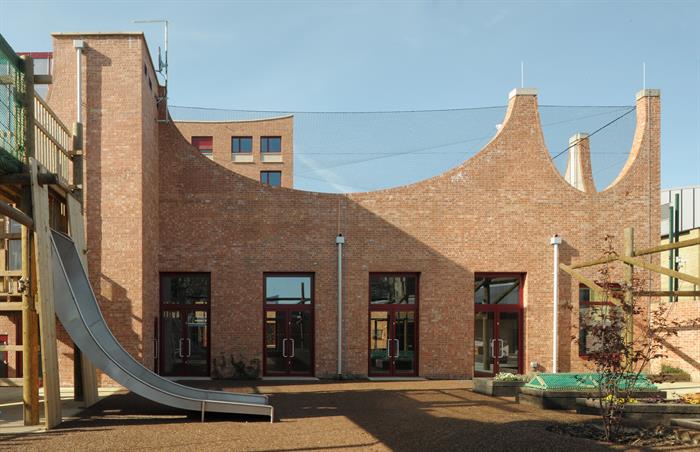Spotlight Interview – Emma McLaughlin-Edwards | Constructing Rainbows
Is ED&I dropping down the FM agenda? We met with Emma McLaughlin-Edwards from Constructing Rainbows to find out. Emma is an equality, diversity and inclusion...
Read Full Article
Architect Deborah Saunt outlines how the built environment is failing women and why we must integrate a gender perspective when legislating for and designing public space.
Deborah is a Founding Director of the architecture, urban design and spatial research studio DSDHA. Blurring the boundaries between infrastructure, landscape, architecture and art, the studio’s work is the result of extensive dialogue with communities, as well as stakeholders and collaborators, to deliver projects that have the broadest impact – recent and ongoing urban scale work including the redesign of the public realm around the Royal Albert Hall, the public realm framework for the West End including the reimagining of Tottenham Court Road, and Exchange Square – a new park for the City of London above Liverpool Street Station.
“Some critics see the redressing of power imbalance as ‘woke’ and ineffective, dismissing genuine efforts to design better outcomes for a broader range of people. In our experience, this is not the case – where this method is applied – we see spaces being used more intensively by diverse groups of people.“
–Deborah Saunt
Founding Director, DSDHA
If the purpose of public realm is to offer safe spaces for people to congregate, interact, relax, or even offer a safe route from A to B, then the existing public spaces fail women. With 71 per cent of women reporting some form of sexual harassment in a public space, and 40 per cent of sexual assaults against women take place within the public sphere, including on public transport networks, something needs to be done.
The design and policies that shape these spaces may be exacerbating the problem. The bias starts with people who create the built environment: less than 24 per cent of highway engineers and only 31 per cent of registered architects are female. This lack of representation creates spaces that are not fit for purpose. In fact, women, girls and other marginalised groups often consciously avoid such spaces.
At DSDHA, we have a long history of advocating for spatial justice both by campaigning for and initiating positive change within our profession, as well as in our built work with public and private sector clients. Since 2015, we have been working with British Land on the overhaul of the public realm at the Broadgate Estate, spearheading the creation of a more inclusive, lively, human-centric environment.
The proof that change is possible is clear to see. For example, one of the project's early successes was the redesign of the Broadgate Circle, known in the past as “the Bear Pit”. Until then, it was mainly used by male city workers to socialise after work. Initially a circular plaza with benches along the perimeter and a central open space, we found that women who worked in the area and casual visitors either walked through quickly or stayed away, such was the sense of intimidation and discomfort.
We adopted time-based urban tactics using prefabricated, movable seating and planters with integrated sheltered seating, which enabled us to test out interventions in real time. By positioning a series of these, the straight paths through the plaza were disrupted, delineating more intimate pockets for conversation, creating anchors for people to gather and form smaller groups, or even to sit alone with a book while still feeling safe.
By reviewing CCTV footage, we could optimise the planters’ position, while observing a rebalanced gender ratio. The space is now occupied throughout the day by families, groups of friends, and even joggers on their early morning and evening runs. “The Bear Pit” has been transformed into a local square – it’s a varied, active, social space, where footfall at the weekend matches footfall during the week.
We are also increasingly working with public sector clients that embed Equality, Diversity and Inclusion into policy, design procurement and implementation. As architects and designers, we need to ensure that we really understand the specific challenges and opportunities of a place by consulting the real experts: the local people! Through co-design, they must be allowed and encouraged to engage in a genuine participatory process that continues from before the creation of the brief and beyond completion. The first step is to equip local people with tools and skills, helping to demystify models, drawings, and the complex planning process.
The consultations themselves need to engage a wide range of groups – especially those that are often neglected in design policy. There are charities whose work we value, such as Make Space for Girls, founded by Imogen Clark and Susannah Walker, whose mission is to make public spaces and parks suitable for teenage girls. Their research reveals that most public spaces aimed at “youth” in fact cater to active teenage boys, excluding other groups and non-sport activities, reinforced by planning policies. Make Space for Girls is working to change this by engaging with teenage girls to find out what they want, sharing examples of good practice from abroad, working with councils, architects and developers, to create more inclusive spaces and lobbying for policy change.
In design terms, this means adding overlooked, sheltered seating areas and multi-person play equipment, such as large basket swings, alongside facilities for individual or team activities, adjusting their position to optimise occupation and socialisation. These efforts are aimed at teenage girls, but the benefits will be felt by other groups, such as families with young children and the elderly, who all appreciate a safe spot to sit and relax. When you design to the ‘extremes’ the benefits will cascade to everyone. One example is dropped kerbs for disabled access; people with pushchairs, suitcases, shopping trolleys or bicycles all benefit.
Together with the London Borough of Camden, DSDHA has been implementing these lessons in the public engagement and design of Central Somers Town since 2014. Employing a phased approach, we made sure to consult young women and children in the first instance to develop the masterplan where intelligible and coherent public spaces defined by new homes, playgrounds and a school, replaced a series of poor-quality amenity spaces. Conceived as a phased framework, when it came to delivering the space allocated for young people, the client provided additional funding for a key new three-month after-school programme, giving us invaluable feedback from current teenagers, who were only young children when the urban framework started. This co-design approach has allowed them to claim future ownership of the space. We also invited young practitioners Edit Collective, a feminist design collective working to challenge biases in the built environment, to be part of the process too.

Picture: a photograph of the Central Somers Town Community Facilities and Housing project showing an outdoor play area. Image Credit: © David Grandorge
Both public and private sector clients need to understand that a project only really comes alive after completion, and as time passes. A “constitution” for these spaces – agreed upon by the stakeholders at the very start – is a way to embed a set of values within the project while allowing change over time. We believe this should become a national policy for all public spaces, either privately or publicly owned.
Some critics see the redressing of power imbalance as “woke” and ineffective, dismissing genuine efforts to design better outcomes for a broader range of people. In our experience, this is not the case – where this method is applied – we see spaces being used more intensively by diverse groups of people. Spatially just and inclusive public realm makes commercial sense for developers evaluating their rents, profits, and the occupiers’ environmental, social, and corporate governance (ESG) needs, as well as for public-sector clients who gain well-used, well-loved assets.
As an industry, we need to take action to move the needle. We will keep working with developers and local authorities, as well as regional bodies like the Greater London Authority, to provide toolkits for the co-design of inclusive spaces, aiming to enact a national policy shift in favour of spatial justice.
Picture: a photograph of Deborah Saunt. Image Credit: DSDHA
Article written by Deborah Saunt | Published 11 December 2023
Is ED&I dropping down the FM agenda? We met with Emma McLaughlin-Edwards from Constructing Rainbows to find out. Emma is an equality, diversity and inclusion...
Read Full ArticleSamantha West is an experienced FM Commercial Director who uses her lived experience as a transgender woman to help businesses improve their Equality Diversity and...
Read Full ArticleSatia Rai joins ThisWeekinFM to discuss her passion for the private security industry, her activism and career highlights. Satia, who is the CEO of IPSA, began her...
Read Full Article2024’s International Women's Day theme is “inspire inclusion” – let’s take a look at how companies in FM and the built environment are...
Read Full ArticleSatia Rai, CEO at IPSA & Head of Belonging at Securitas UK, outlines why it's essential for the security industry to “reflect who it...
Read Full ArticleA new report from the National Institute of Building Sciences provides a glimpse into how workers in the built environment experience prejudice based on age, gender and...
Read Full ArticleCannock-based housebuilder Jessup Partnerships is looking to encourage talented women into the workforce and has produced a video to mark International Women’s Day...
Read Full ArticleNew research shows that 2 per cent of the heating and hot water industry sector’s workforce are women and only 5 per cent are from an ethnic minority...
Read Full ArticleThe Women to Watch & Role Models for Inclusion in Hospitality, Travel & Leisure (HTL) Index 2022 has named several women working in facilities management in its...
Read Full ArticleNiki Fuchs, Chief Executive of Office Space in Town, outlines what more needs to be done to improve the prospects for women in the property sector and the steps...
Read Full Article